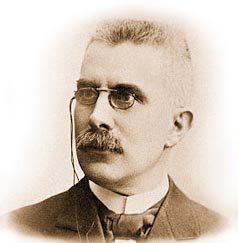![]()
![]()
In our world there are situations where there are little or no changes. It seems as if everything has stopped. This might indeed by the case. But it is generally more likely that the situation is actually a steady state, or at equilibrium. In both of these situations change continues to occur but there is compensation for each change.
A steady state can be achieved when material is added to a situation if equal material is simultaneously removed. For example a steady state may exist in a section of water pipe or smoothly flowing river when water leaving the section is replaced by new water entering.
An equilibrium situation had the additional requirement that:Perhaps there is value in emphasizing that steady states and equilibrium are recognized by constant macroscopic properties.
While there are no observable changes occurring in a chemical equilibrium, in all cases non-observable changes continue to occur. This might at first seem trivia, it turns out that continuing processes are crucial for explaining several aspects of chemical equilibrium. Processes with involve chemical change continue to occur, but compensating changes immediately restore the original conditions.
So we notice that the ratio of the concentrations of products divided by concentrations of reactions is constant at equilibrium. We shall call this Keq the equilibrium constant. We note that coefficients in the chemical reaction become exponents in this equilibrium equation. Since the constants in the rate equations vary with temperature, the equilibrium constant also is generally dependent on temperature. But at constant temperature, while one concentration may vary, the others must compensate so that the ratio remains the same. This is a very useful relationship since once an equilibrium constant is know, the effects of changing equilibrium concentrations can be successfully predicted. It allows for optimizing production of desired materials, minimizing unwanted biproducts, and estimating the amount of product.

Often changes are imposed on a situation formerly at equilibrium.
The Le Chatelier's principle (called the Le Chatelier-Braun principle by some) is used to predict the effect of a change in conditions on a chemical equilibrium. The principle is named after the French chemist Henry Louis Le Chatelier (b1850 Paris, d1936, shown at right→) who proposed the principle in 1884. The German physicist Karl Ferdinand Braun (b1850, d1918) also independently suggested the concept: If a chemical system at equilibrium experiences a change in concentration, temperature, volume, or total pressure, then the equilibrium shifts to partially counter-act the imposed change. The chemical system adjusts to minimize that change. When stated more broadly, the principle applies in many fields, going by a variety of names such as Lenz's law for electrical circuits, homeostasis in biology and price equilibrium in economics.
![]()
to next experiment: pH & Food Color
to Nanochemistry, Colloidal Chemistry & Physical Chemistry menu
to e-Chemistry menu
to site menu